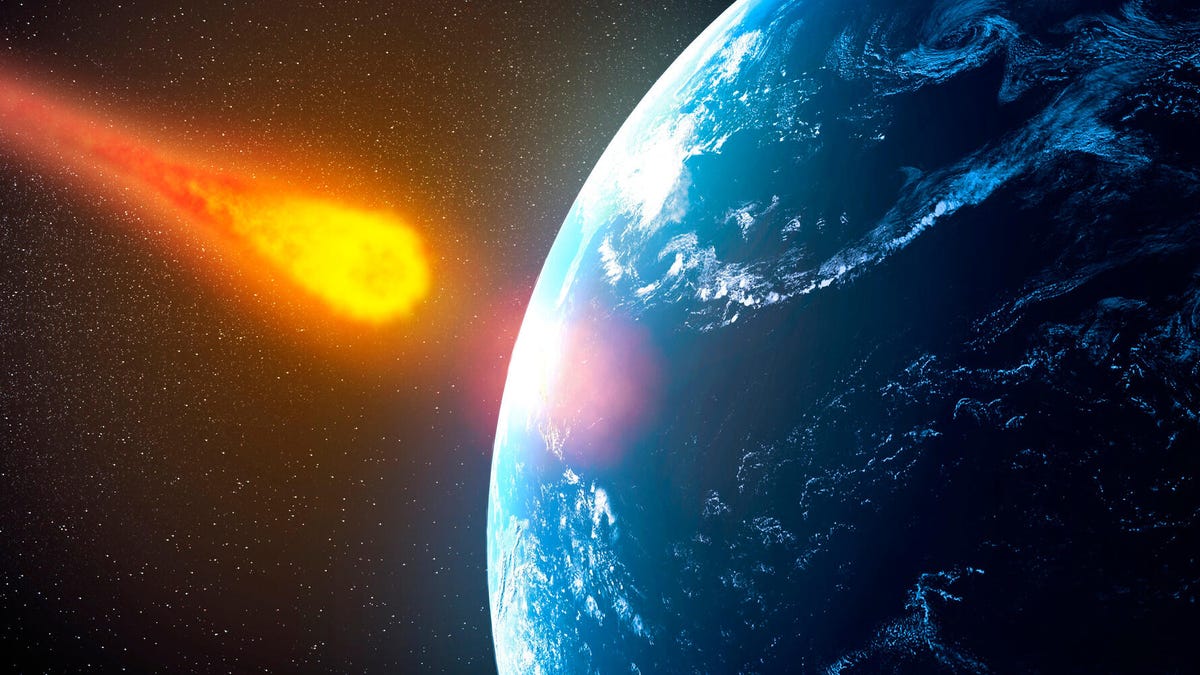Asteroid that smashed Earth 2.2 billion years ago may have thawed the planet
Researchers date the oldest impact crater in the world and find it's old enough to have ended Earth's longest ice age.

Did an ancient asteroid impact thaw the Earth?
The ocher plains of central Western Australia hide an ancient scar which may explain how one of the Earth's most intense ice ages came to an end. A 43-mile (70 kilometer) wide crater, known as the Yarrabubba impact structure, shows the planet was smashed by an asteroid some 2.2 billion years ago. The massive impact may have changed Earth's climate by spewing dust and water vapor into the atmosphere and improving the Earth's ability to absorb heat.
The new research, published in the journal Nature Communications on Tuesday, details work by an international team of collaborators, including researchers from Western Australia's Curtin University and NASA's Johnson Space Center, to give accurate ages for rocks in the region using uranium-lead dating, one of the most accurate dating schemes based on how elements trapped inside decay.
Crystals within were melted and then recrystallized after the impact event -- and these were key to aging the impact crater.
"We analyzed these individual, little zircon grains -- these little crystals -- within the impact structure. These crystals grew during the impact event," said Chris Kirkland, a geoscientist at Curtin University and co-author on the study.
The team's analysis puts the impact at 2.229 billion years, making it the oldest impact structure on the Earth. It also means the impact likely occurred around the same time the Earth was undergoing relatively dynamic changes.
Scientists believe a major glaciation event occurred in Earth's history, from approximately 2.4 to 2.1 billion years ago, which caused the planet to completely freeze up. This scenario is commonly referred to as "Snowball Earth" because, from space, our planet likely would have seemed like a giant snowball floating through the cosmos.
"The age of the Yarrabubba impact matches the demise of a series of ancient glaciations," said Nicholas Timms, another geoscientist at Curtin University and co-author on the study. "After the impact, glacial deposits are absent in the rock record for 400 million years. This twist of fate suggests that the large meteorite impact may have influenced global climate."
The researchers modeled how the impact may have been caused using computational software. Punching an asteroid into the software that was about 4.5 miles (7 kilometers) wide, dramatically larger than the supposed "city-killer" asteroid that buzzed Earth in 2019, resulted in a similar sized crater to Yarrabubba. It also showed the impact may have caused around half a trillion tons of water vapor to be spewed into the atmosphere.
However, the study concludes it is difficult to model the interactions of the ancient Earth and to categorically state the Yarrabubba impact resulted in the end of Snowball Earth -- but the coincidence requires further investigation.
Science Magazine first reported on the impact crater's age in Aug. 2019, after the research team presented their findings at the Goldschmidt geochemistry conference in Barcelona. At the time, University of California Riverside geologist Andrey Bekker doubted the impact could thaw the Earth alone.

